Strike Debt: The Rolling Jubilee telethon
- Exhibited by
- Tain Joliffe
- Added
- September 12, 2019
- Medium of Communication
- Digital, social media, telephone
- Target Audience
- Individuals
- Type of Charity
- Social Justice
- Country of Origin
- USA
- Date of first appearance
- 2012
SOFII’s view
Built out of a renowned protest movement, the Rolling Jubilee telethon took action to combat the scourge of debt in the United States. It succeeded (through great use of social media, the web and a roster of guest stars) in wiping the debt of over 2,000 people across the country. It also highlighted severe injustices in the way our economies are run, contributing to the ongoing debate around modern capitalism and politics.
Background
Campaign group Strike Debt’s Rolling Jubilee telethon was born out of the Occupy Wall Street movement that emerged in the wake of the 2008 financial crash and subsequent bank bailouts.
Occupy Wall Street (OWS) was a left-wing protest movement that began on September 17, 2011, in Zuccotti Park located in New York City's Wall street financial district, against economic inequality. The Canadian anti-consumerist and pro-environment group/magazine Adbusters initiated the call for a protest. The main issues raised by Occupy Wall Street were social and economic inequality, greed, corruption and the undue influence of corporations on government, particularly from the financial services sector. The OWS slogan, ‘We are the 99 per cent’, refers to income inequality and wealth distribution between the wealthiest one per cent and the rest of the population. To achieve their goals, protesters acted on consensus-based decisions made in general assemblies which emphasised redress through direct action over the petitioning to authorities.
Income inequality was a focal point of the Occupy Wall Street protests. However, Occupy Wall Street (OWS) – and indeed the Occupy movement in general – has often been criticised for its ambiguous goals and lack of a central message. It established a compelling pitch of the 99 per cent versus the privileged one per cent, but then it struggled to offer solutions. But a key factor in social and income inequality emerged over the years: debt is one of the biggest hindrances of social mobility.
Debt is cheap. There’s a murky world in which debt is bought in bundles at a fraction of its potential value. These debt buyers then make huge profits by hounding debtors into repaying the full amount. So some people involved in OWS began to ask:
‘Why is debt being sold at a fraction of its value? Why do banks get bailed out but not people?’
The start of the idea that led to the Rolling Jubilee telethon was born.
Although Strike Debt is a secular group, the name Rolling Jubilee was inspired by a story from the Bible – every 50 or so years, it is written in the Old Testament, all slaves and prisoners were freed, and all debts were forgiven in a ‘Jubilee’.
Summary / objectives
Rolling Jubilee is a Strike Debt project that buys debt for pennies on the dollar, but instead of collecting it, abolishes it. The aim was to liberate debtors through a campaign of mutual support, good will and collective refusal, with an ultimate aim of challenging the way society is financed. And the telethon was the first step on that path.
Merits
The Rolling Jubilee telethon was a traditional one, with celebrity endorsers including Lee Ranaldo of rock band Sonic Youth, musicians Guy Picciotto, Jeff Mangum and Tunde Adebimpe and film director John Cameron Mitchell among others. It featured a live digital stream, a use of all social media networks and e-mails sent to pledgers all through the night.
The real hub of the evening was the social media operation. From four laptops, the tech team co-ordinated the Rolling Jubilee website, Twitter feeds, Facebook posts, live-streaming and the email account. It was amazing to watch. The Facebook page achieved over 700,000 views. Tweets were running all night. It was from this interface that the donations were raised and, according to those reading, many heart-breaking stories accompanied them, as attendees of the event were asked to share their debt story. A few people gave a dollar because it was all they could afford but they wanted to be part of it anyway.
The targets were incredibly tangible:
- US$25 raised would clear US$500 worth of debt
- $50 equated to $1000 worth of debt
- $100 equated to $2000 worth of debt
- $250 equated to $5000 worth of debt
And so on.
Results
The target for the night was US$50,000 but they ended up raising US$368,428.
This equates to over US$7,000,000 in debt cancelled, helping 2,693 people across 45 US states.
Each beneficiary received a carefully wrapped red box adorned with a white ribbon and a letter inside that started as follows:
‘Dear xxx,
Season’s Greetings from Strike Debt!
We write with good news, the above referenced account has been purchased by The Rolling Jubilee Fund a 501(c)4 non-profit organization. The Rolling Jubilee Fund is a project of Strike Debt. The mission of this project is to abolish personal debt. We believe that no one should have to go into debt for basic things in our lives, like healthcare, housing, and education.
You no longer owe the balance of this debt. It is gone, a gift with no strings attached. You are no longer under any obligation to settle this account with the original creditor, the bill collector, or anyone else’
Special characteristics
The idea was brilliant. People are so tired of being asked for money by every political cause and having nothing to show for it. The 20:1 multiplier of gift to redeemed debt was so exciting. The campaign allowed people to talk openly about their own debt and not feel ashamed. It also showed up the debt system for the rigged scam that it is and brilliantly revealed how simple the alternative could be: a socialised buy-out at five per cent. Even with US$11 trillion of debt out there, a lot of money but less than the Wall Street bailouts.
This case study was first presented at SOFII’s flagship event I Wish I’d Thought Of That (IWITOT) in London in February 2019.
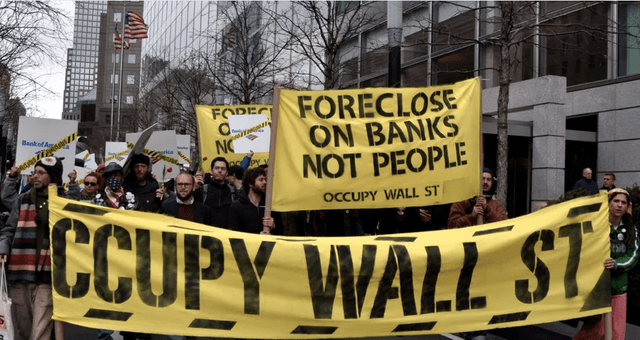
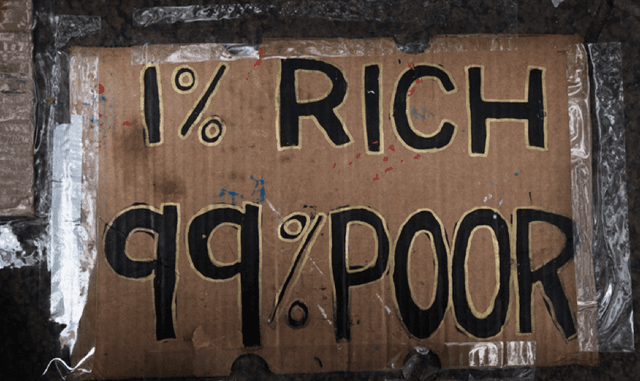
 View original image
View original image
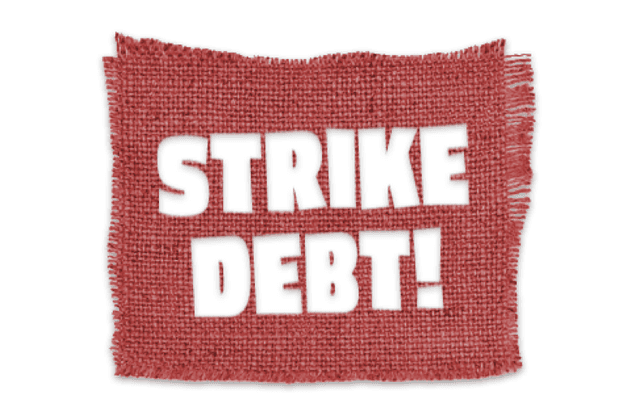
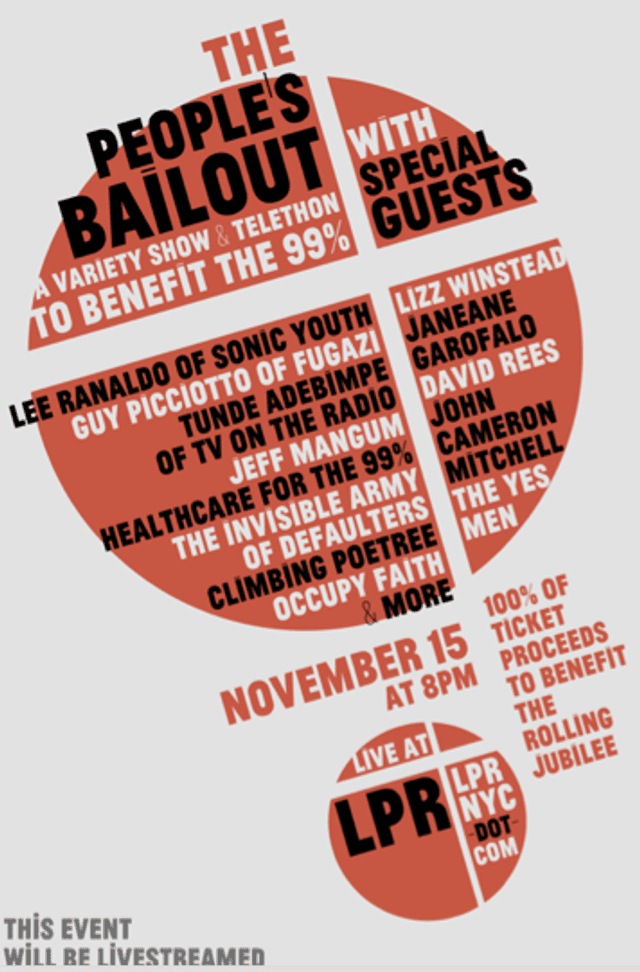
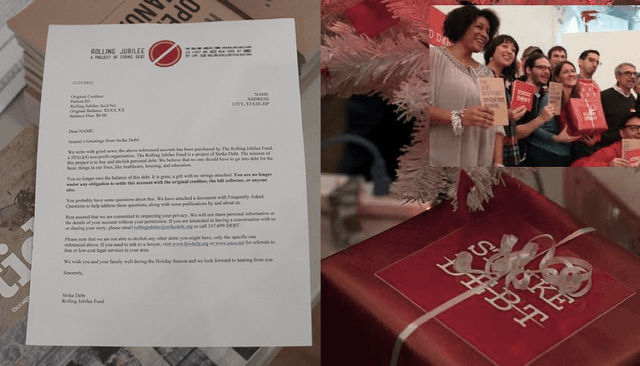 View original image
View original image
















